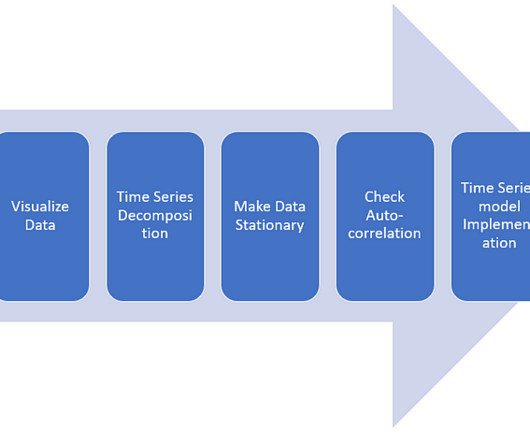Sales Prediction| Using Time Series| End-to-End Understanding| Part -2
Towards AI
JULY 19, 2023
Use the following methods- Validate/compare the predictions of your model against actual data Compare the results of your model with a simple moving average Use k-fold cross-validation to test the generalized accuracy of your model Use rolling windows to test how well the model performs on the data that is one step or several steps ahead of the current (..)










Let's personalize your content